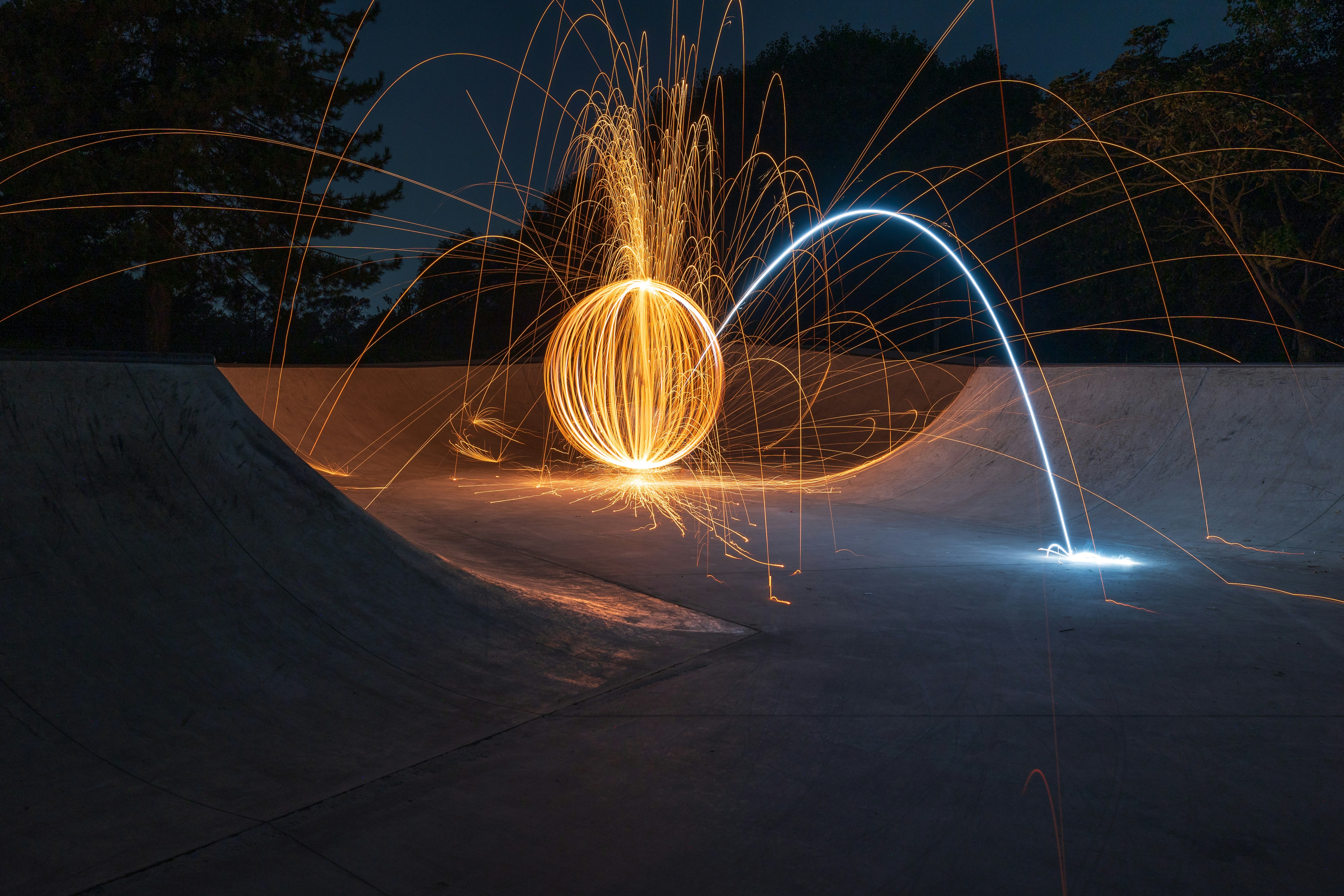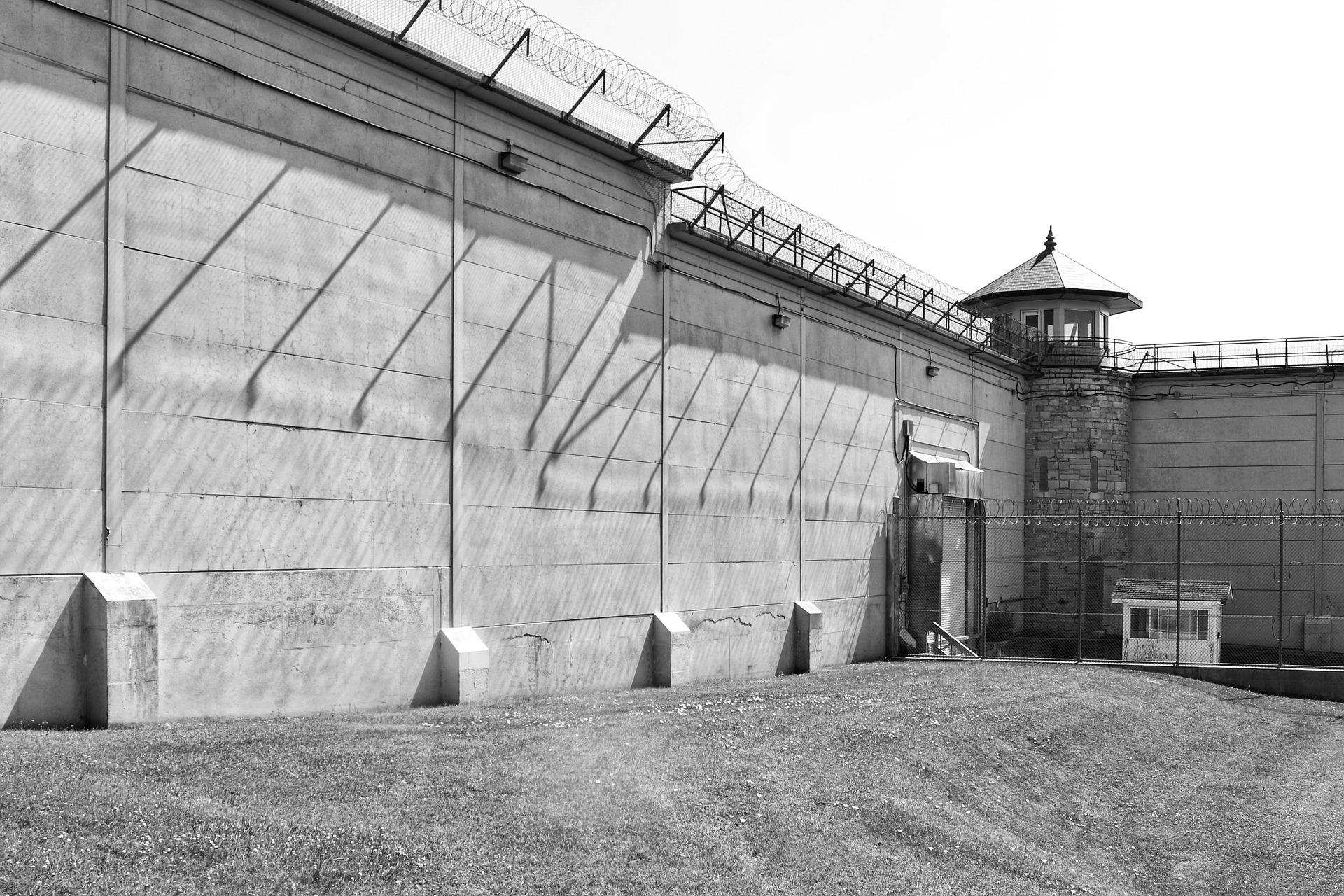Chiaroscuro in Mainstream Cinema: Shading New Light on Old Techniques
Unravel the intricate tale of chiaroscuro's centuries-old journey from the canvas to the silver screen, and decipher its modern-day resonance in a world driven by digital visual storytelling.

Journey from Art to Screen
As a distinctive technique born within the Renaissance period, chiaroscuro focused on the dramatic contrast between light and dark. For centuries, painters like Caravaggio and Rembrandt astounded critiques and casual viewers alike by manipulating lighting to enhance depth and expression in their canvas. This old-world art technique found a new playground in the 1900s with the advent of cinema. Orchestration of light and shadow began acting as subtle storytellers blending visual craft with narrative nuances.
Chiaroscuro in Classic Cinema
The German Expressionist era saw the pioneering uses of chiaroscuro technique in films such as ‘The Cabinet of Dr. Caligari’. But it was Film Noir in the mid-20th century that truly embarked the technique into mainstream cinema. Movies such as ‘The Maltese Falcon’ and ‘Double Indemnity’ ingeniously used shadows to amplify suspense and drama, helping chiaroscuro shed its artistic etiquettes and become an instrument of commercial storytelling.
Contemporary Practice and Acclamations
In contemporary cinema, chiaroscuro has fared beyond black and white noirs, seamlessly integrated into the repertoire of world-renowned filmmakers. Directors like Martin Scorsese’, Christopher Nolan, and Zhang Yimou have utilized the technique to bring emotional depth and symbolism in movies like ‘Shutter Island’, ‘The Dark Knight’, and ‘Hero’. ‘The Shape of Water’ by Guillermo del Toro, which snagged the Best Picture Oscar in 2018, is a magnificent illustration of modern chiaroscuro.
Chiaroscuro Beyond Cinematography
The influence of chiaroscuro transcends beyond mere cinematography. It shapes aspects like set design, costume, and make-up, subtly enhancing the viewer’s understanding of the character or scene. ‘Sin City’, known for its unique aesthetic, attributed its visual triumph to strategic orchestration of color, light, and shadows which revitalized the comic book style on the silver screen.
The Future of Light and Shadow
As the world of cinema crosses new frontiers with immense technological advancements, chiaroscuro’s future appears ever fascinating. From augmenting VR experiences to the boundaries of space in films like ‘Gravity’, this Renaissance-era technique continues to twist tales and play with perceptions in the digital age. Regardless of new directions film technology takes, the shadow-laden art of chiaroscuro will undoubtedly retain its position in the heart of visual storytelling.
In its encompassing journey from the Renaissance art to the dazzling cinema screens, chiaroscuro has stood as a timeless testament to the power of light and shadow. As our cinematic palette continues to evolve, the contribution of this enduring technique to effective storytelling is only likely to grow, casting new light on its captivating role in the world of arts and entertainment.




